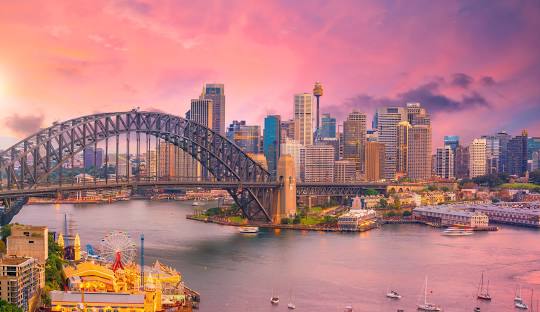
Sydney Ranks Among Global Economic Powerhouses with Soaring Real Estate and Financial Growth
Posted by on
Sydney has firmly positioned itself as the financial and economic heartbeat of Australia, generating approximately 25% of the nation's gross domestic product. As of 2015, the city’s nominal GDP reached AU$400.9 billion, translating to a per capita output of around AU$80,000. Home to 283 multinational corporations and nearly half of Australia’s top 500 companies, Sydney serves as a critical gateway between North America and Europe due to its favorable time zone, making it a key player in international finance.
Consistently ranked among the world’s top global cities, Sydney was placed eleventh by the Global Economic Power Index and fourteenth on the Global Cities Index for its international engagement. Researchers at Loughborough University also recognize Sydney as one of the most globally integrated urban economies. With its concentration of foreign banks, financial institutions, and professional service firms, the city leads as Australia’s top financial hub and a major player in the Asia-Pacific region.
Historically rooted in mercantilism during the colonial period, Sydney's economy evolved into a capitalist model by the 1840s with maritime trade and wool exports driving growth. The late 19th century ushered in waves of capital investment for infrastructure like railways and schools, while post-Federation protectionist policies spurred industrial development. By the 1920s, manufacturing became Sydney's largest employment sector. The emergence of finance and tourism in the 1960s and the rise of Parramatta as a secondary central business district have since diversified Sydney’s economy.
Today, the financial and insurance sector accounts for 18.1% of economic output, followed by professional services (9%), and manufacturing (7.2%). The tech and creative industries are fast-growing sectors, each contributing close to 10% of the city's output. In 2011, Sydney hosted 451,000 businesses, driven largely by services and commerce rather than manufacturing or research.
Despite its wealth, Sydney faces rising economic pressures on households. The city consistently ranks as Australia’s most expensive to live in and often places among the world’s top fifteen costliest cities. As of 2016, the labour force participation rate in Greater Sydney was 61.6%, with professionals and service workers making up the bulk of employment. Key sectors include health care, professional services, retail, and education. The unemployment rate in central Sydney averaged 4.6% over a decade, significantly lower than the 7.3% in Western Sydney, which still struggles with job creation relative to population growth. Roughly 200,000 commuters travel daily from Western Sydney into the city for work.
Sydney’s real estate market has been a major factor in both its economic growth and its affordability crisis. Between 1970 and 2014, the median house price rose by an average of 8.6% annually. By March 2014, the median stood at $630,000—climbing even higher in recent years due to land scarcity and high demand. In 2011, 31.6% of Sydney homes were rented, 30.4% owned outright, and 34.8% under mortgage. Over 82% of mortgage holders paid more than $1,000 monthly, while 51.7% of renters paid over $350 weekly. The median weekly rent at that time was $450.
As Sydney continues to grow and attract global investment, balancing economic strength with affordability remains one of its greatest challenges. The city’s future success hinges not only on sustaining financial growth but also on ensuring equitable access to housing and employment across its diverse and expanding population.